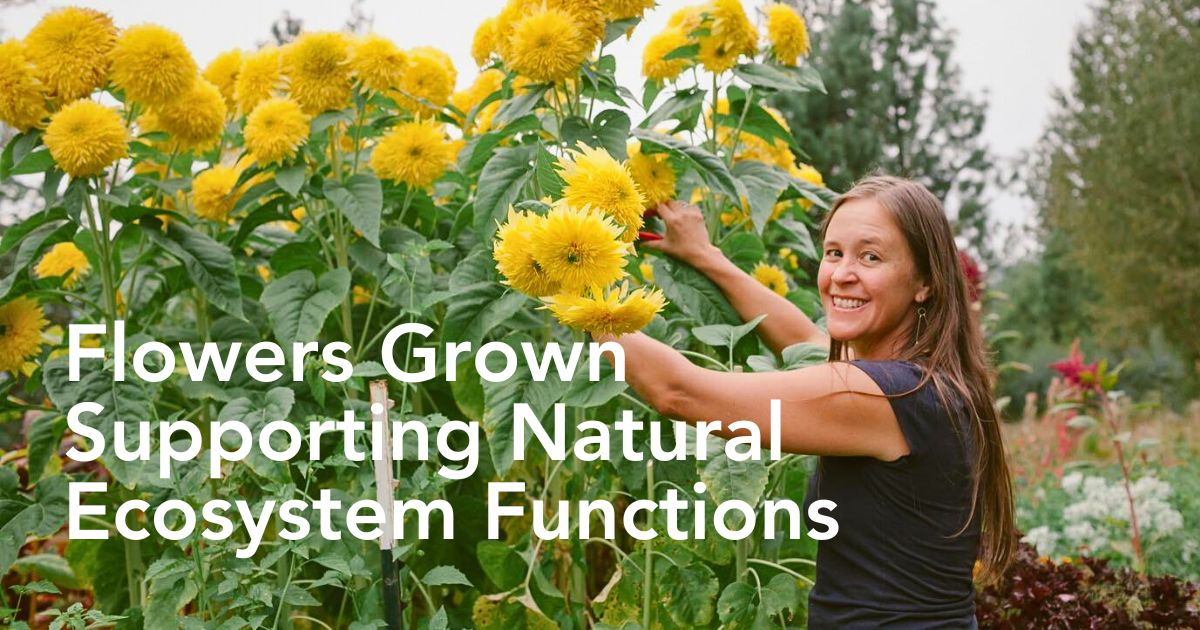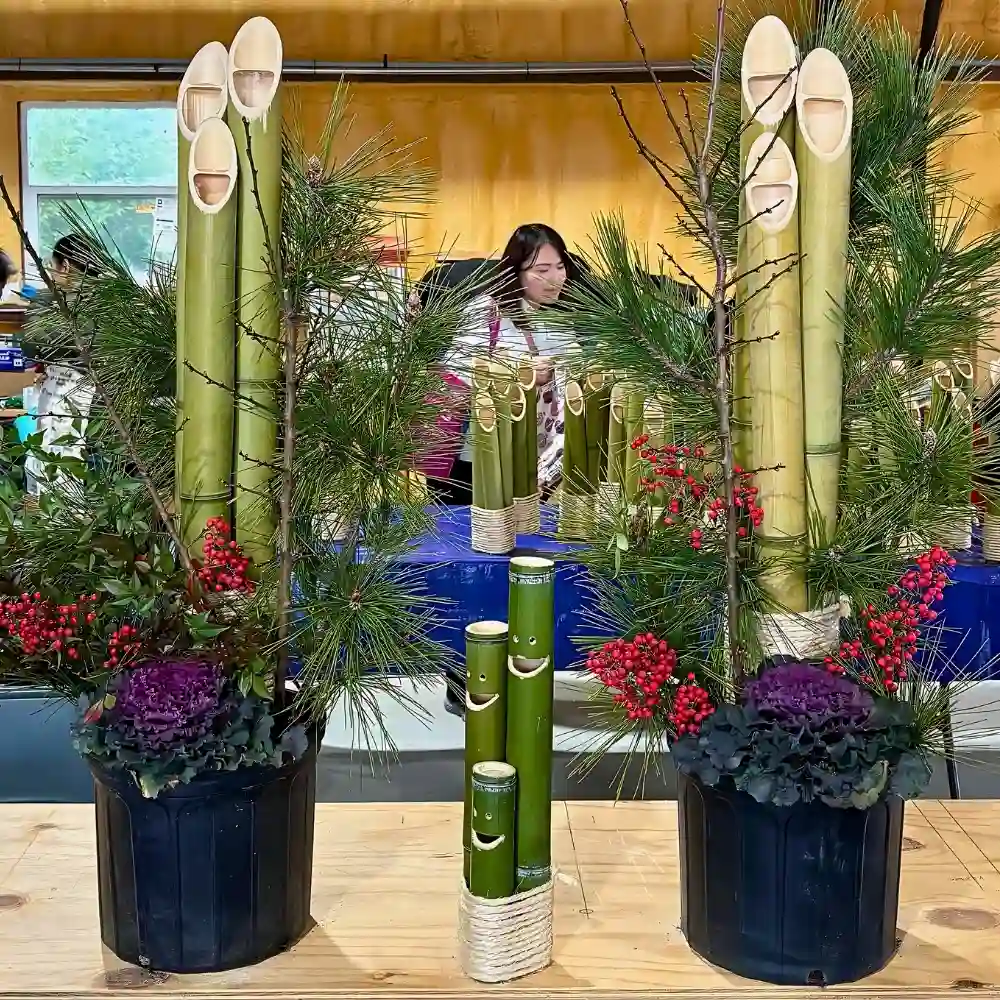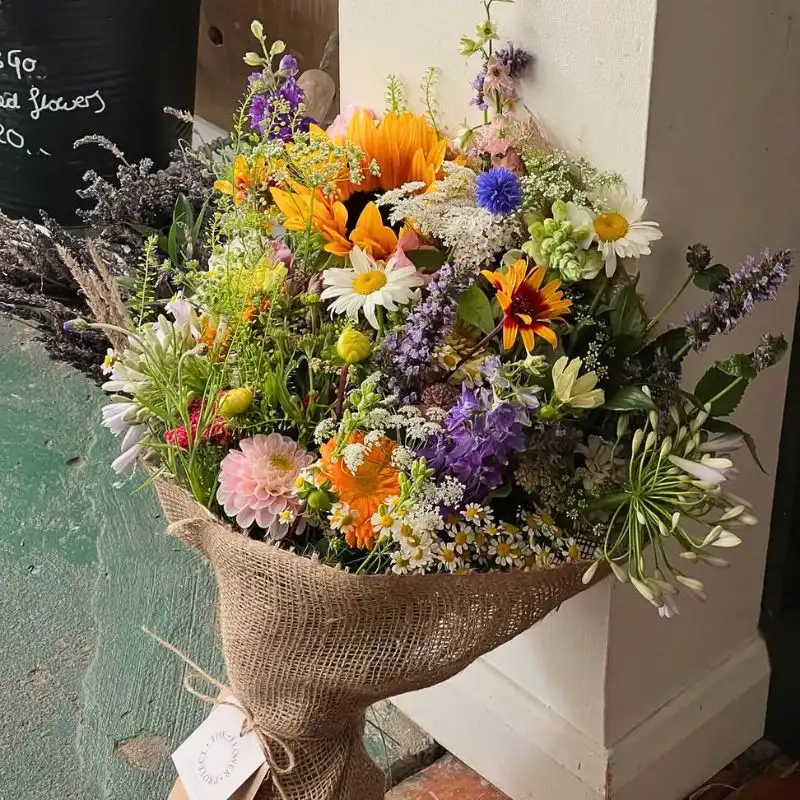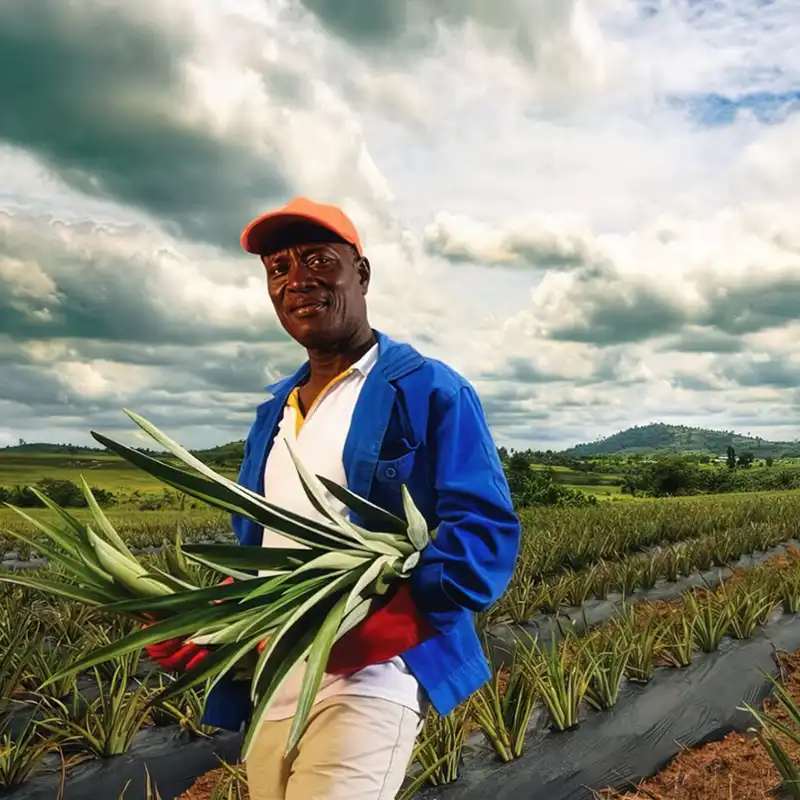In whatever way one looks at it, the growing environmental consciousness is a key driving force reforming consumer choices when it comes to the flower industry. Global markets are much keener on sustainable practices, perhaps, than they have ever been before. The flower industry has recognized this and now has the opportunity to redefine beauty through sustainability. There are numerous approaches; all working hand-in-hand, to actualize this paradigm. Organic floriculture is just one of them.
Organic floriculture defines an innovative model that transforms traditional flower farming into ecosystems where biodiversity flourishes alongside commercial floral production, by eliminating synthetic chemicals and taking into account nature's other relationships. This approach strives to build floricultural landscapes that nurture pollinators, wildlife, and natural biodiversity, regenerate soil health, preserve water resources, and produce flowers and plants in a way that embodies true environmental conservation.
The Basis of Organic Floriculture
This model operates on principles that mirror natural ecosystem functions. Unlike conventional flower production, which often relies on chemical inputs to maximize yields and extend shelf life, organic methods emphasize soil health, biological pest control, and biodiversity enhancement. It recognizes that healthy soil microbiomes, beneficial insects, and diverse plant communities create self-sustaining growing systems that require fewer external inputs over time.
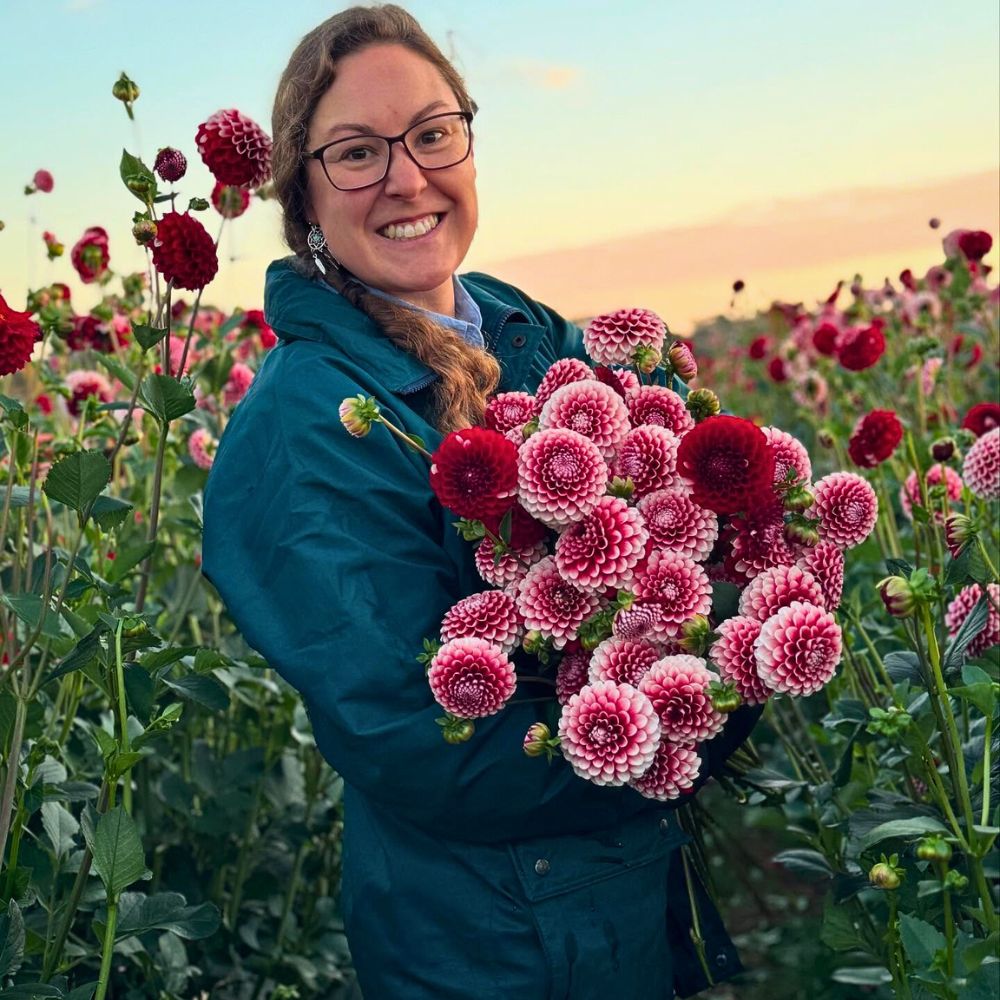
The Floriculture Sustainability Initiative (FSI) has been keen on this. Alongside other like-minded programs, it often documents how organic flower farms maintain soil health and its fertility through practices like composting, cover cropping, and crop rotation. These methods reduce environmental impact, while also creating more resilient growing systems capable of withstanding climate variability and pest pressures. Organic flower farms, therefore, typically maintain higher levels of organic matter in their soils, improving them and reducing their degeneration, while on the other hand, sequestering carbon dioxide.
Supporting Soil Health for Ecosystem Stability
The basis of organic floriculture begins with the soil. Good soil health is the groundwork of any thriving ecosystem. It is in the soil that organic floriculture practices are, certainly, most important. It emphasizes that the application of natural amendments like compost and cover cropping improves soil structure, increases carbon sequestration, and promotes microbial diversity, which in turn creates a healthy foundation for plant growth.
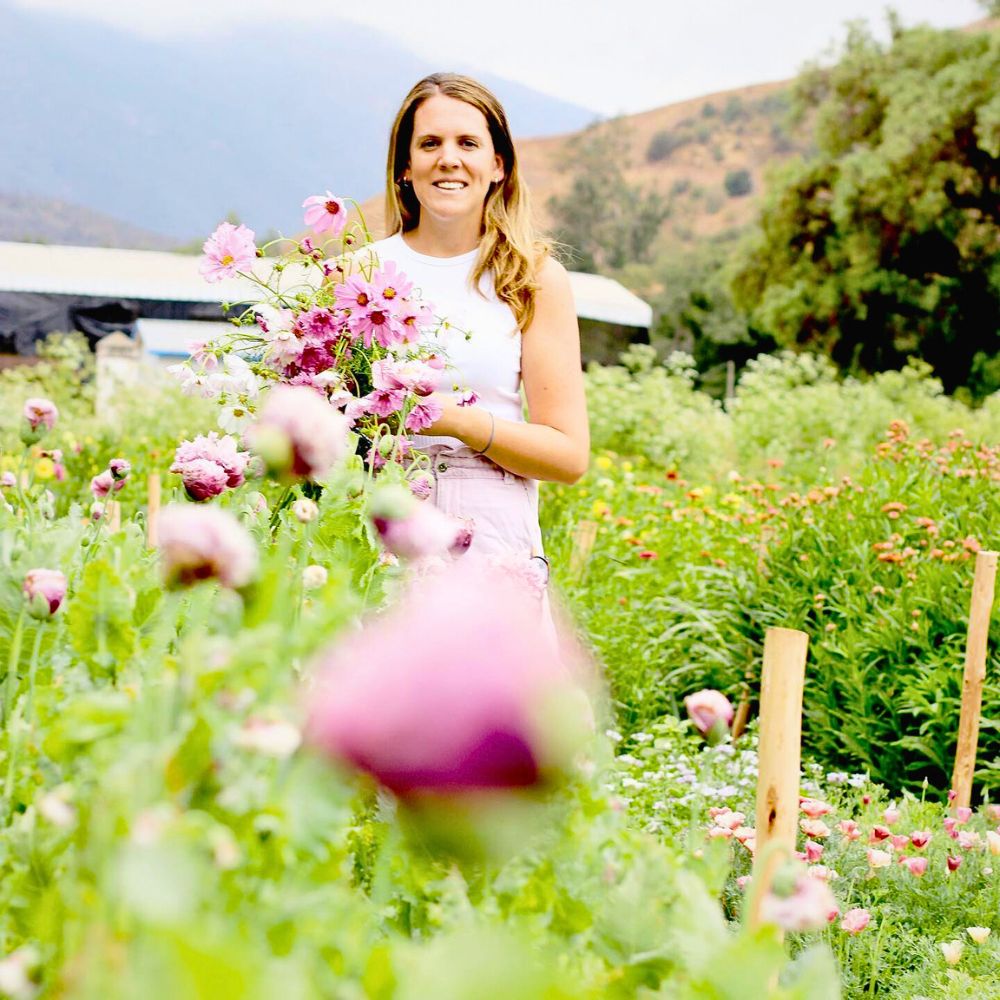
The Rainforest Alliance gives emphasis to the importance of such practices, noting that its sustainability standards encourage soil conservation to strengthen ecosystem resilience. Research also shows that organically managed soils contain 15-28% more organic carbon than conventional systems, contributing significantly to climate change mitigation; hence, healthy soils act as carbon sinks, storing atmospheric carbon dioxide.
More studies show that organic farming systems host 50% more biodiversity and up to 30% more pollinators compared to conventional operations. The enhanced soil biology includes thriving populations of earthworms, beneficial bacteria, and mycorrhizal fungi that create complex networks facilitating nutrient cycling and plant health. These soil organisms decompose organic matter, fix atmospheric nitrogen, and improve soil structure, thus creating conditions that naturally suppress plant diseases and reduce the need for external inputs.
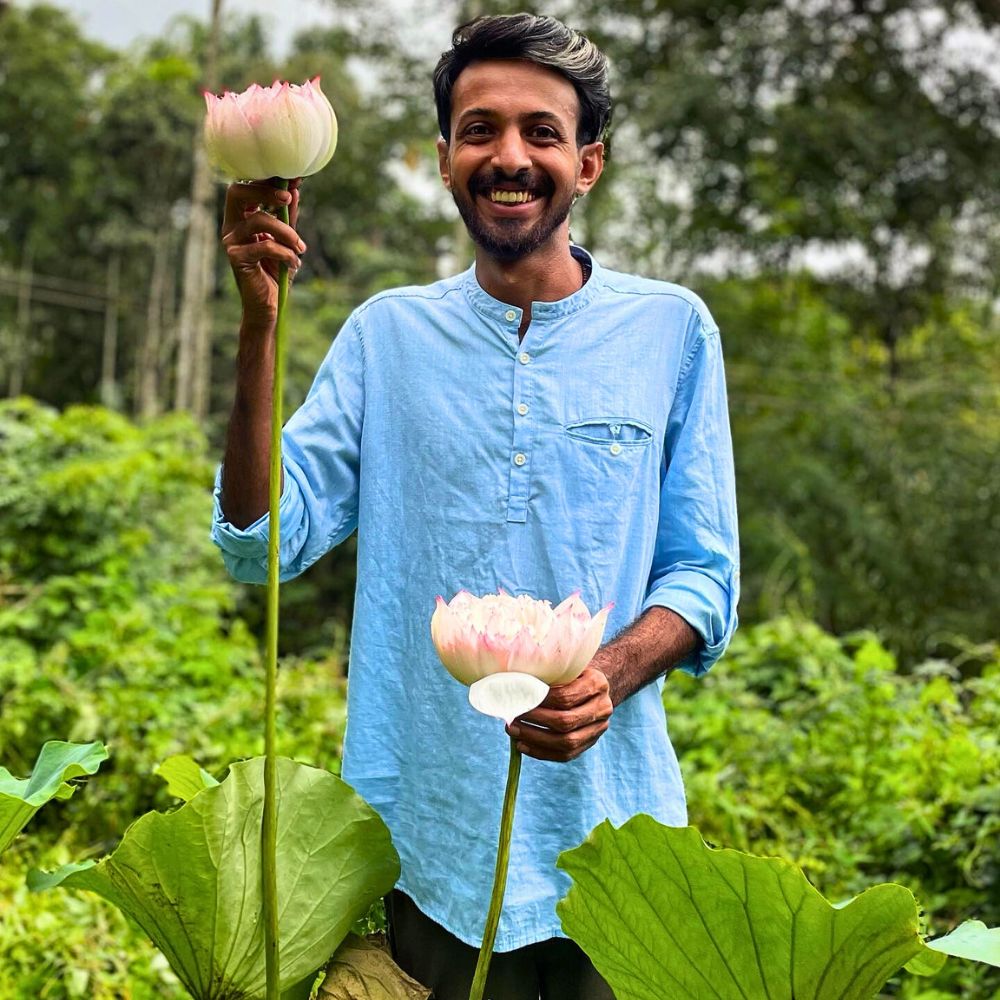
For its part, the absence of synthetic inputs in organic systems prevents soil contamination, preserving the delicate balance of subterranean ecosystems. This also means that no chemical runoffs leach into nearby water sources. Perfect soils, with perfect structures, also improve water retention, reducing erosion and overspill into nearby water bodies. Florverde Sustainable Flowers (FSF) puts this into perspective, highlighting that soil conservation, a key component of its standards, is more about supporting healthy soils, not just for flowers but entire ecosystems, from microorganisms to larger fauna.
Pollinator Protection Through Chemical-Free Practices
The connection between organic floriculture and pollinator health is also an important environmental benefit for sustainable flower production. Sometimes, conventional flower farms create paradoxical environments where flowers exist, but pollinators struggle to survive, often due to pesticide exposure and habitat loss. Research shows that pesticide exposure cuts pollinator populations, affecting biodiversity and even food security. But organic floriculture reverses this trend. Organic farms use natural pest control methods, like introducing beneficial insects or using plant-based repellents.
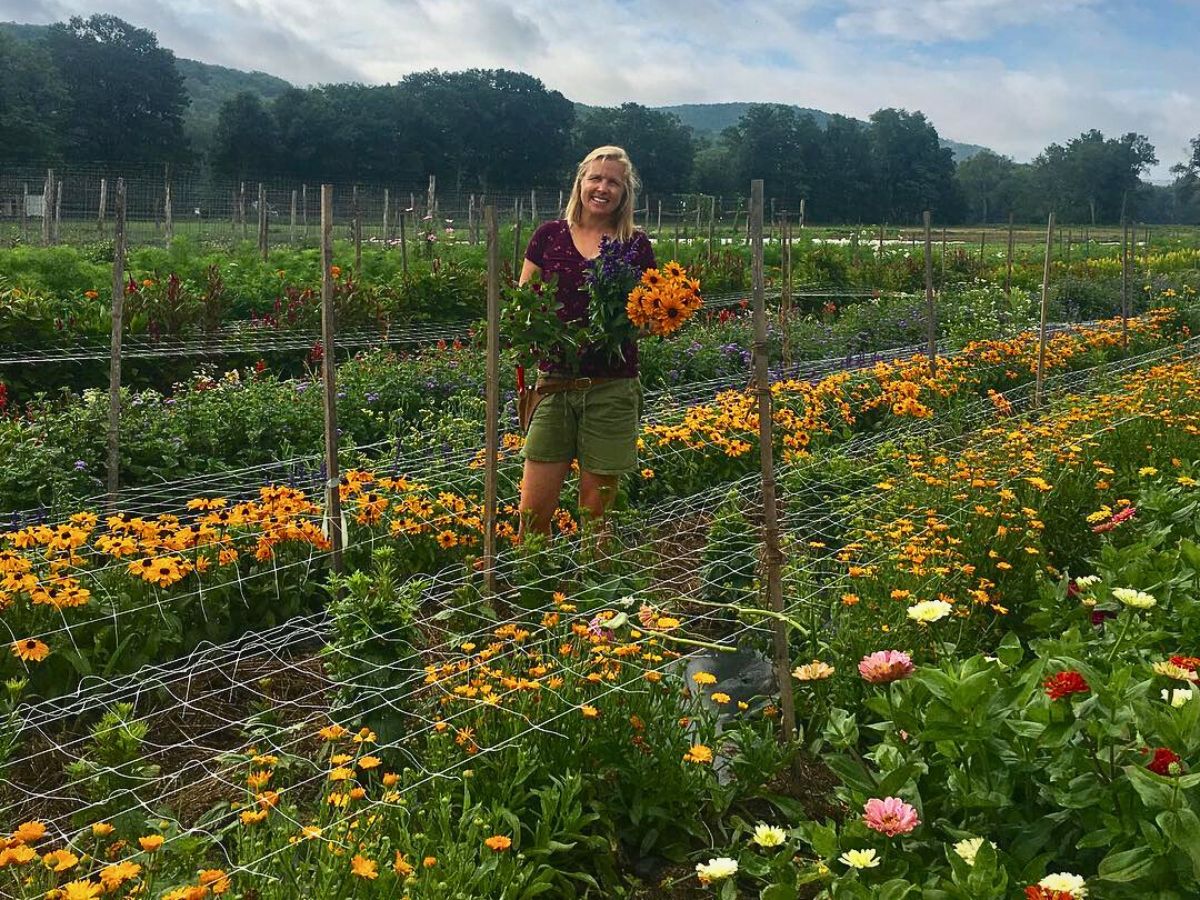
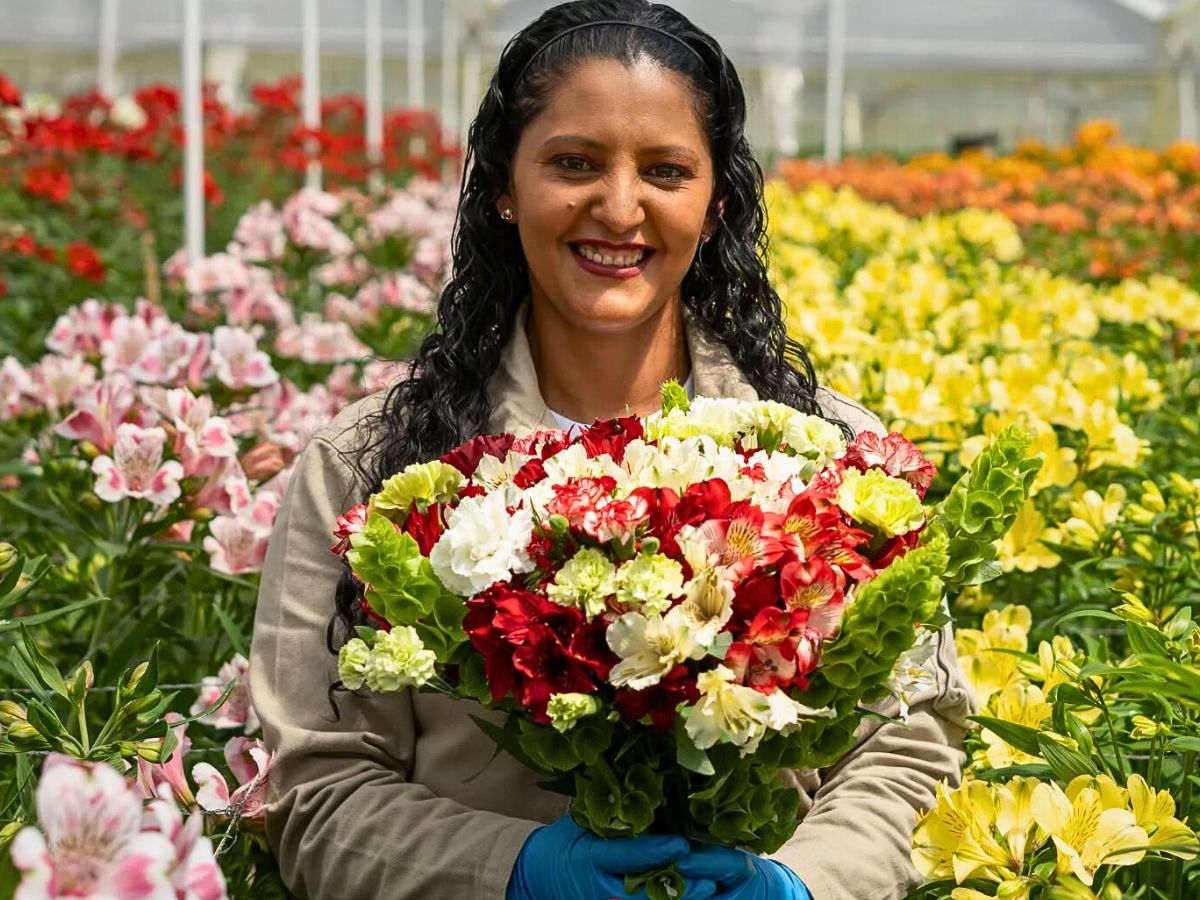
These methods maintain ecological balance, allowing pollinators to thrive without the risk of toxic exposure. They create diverse flowering habitats that support pollinator populations throughout the growing season. Growers like Marginpar, whose farms are spread across Kenya, Ethiopia, Tanzania, and Zimbabwe, exemplify this through their practices, including nurturing healthy soils. Many other growers do the same. Research supported by Rainforest Alliance, in turn, shows that such organic flower farms maintain significantly higher pollinator diversity compared to conventional operations.
Even more, these farms act as pollinator corridors, connecting fragmented natural habitats and providing crucial resources during periods when wildflowers are scarce. Native plant integration within organic flower farms facilitates the movement of wildlife, maintains genetic diversity, and provides ecosystem services, including natural pest control. Think of native bee species, butterflies, and other beneficial insects and wildlife thriving in these organic flower production systems.
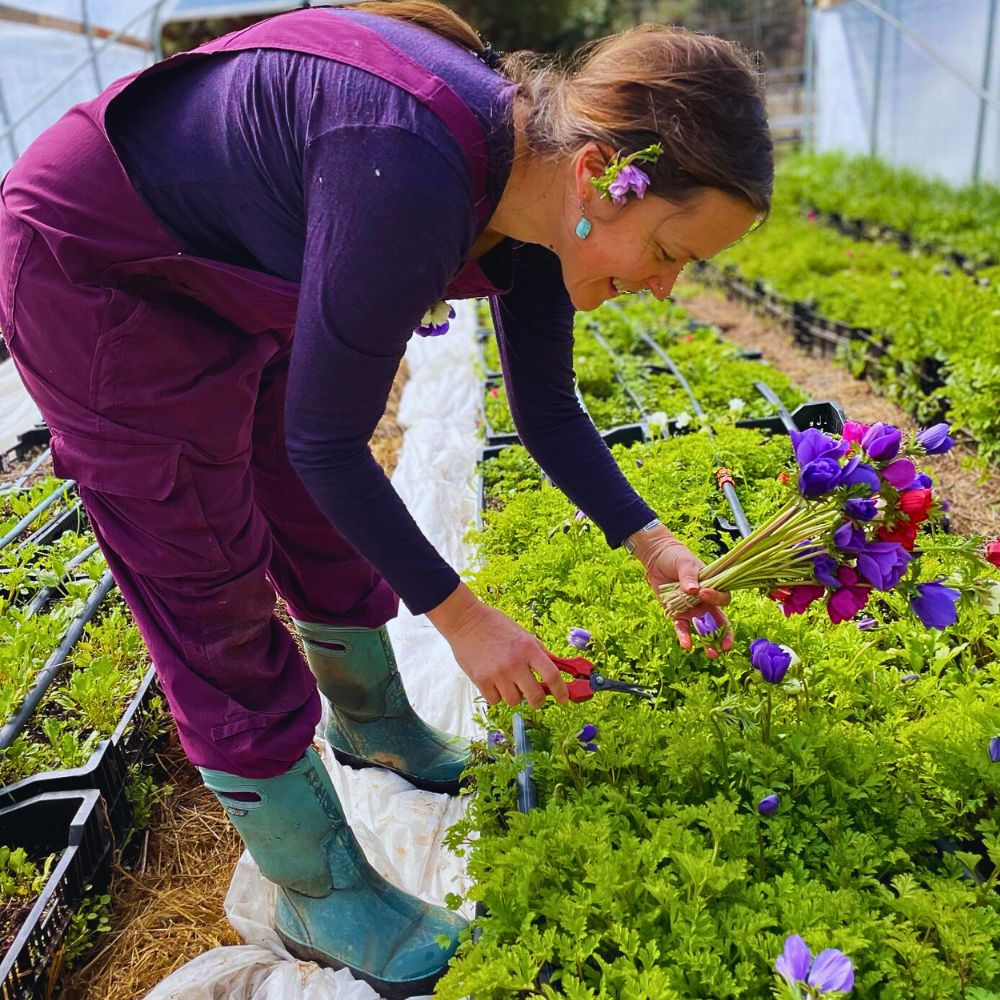
The timing and variety of flowers organically cultivated on the farms also play crucial roles in pollinator support. Growing the native flowers alongside commercial ones and maintaining flowering succession throughout the growing season means consistent nectar and pollen resources that support pollinator reproduction and survival.
The FSI is keen on this. It advocates for practices that protect pollinators, recognizing their role in sustainable farming. Its strategy emphasizes and encourages growers to integrate native plants and wildlife corridors within flower farms to create habitats that attract and sustain pollinators, increasing their populations and supporting the pollination of both cultivated and wild plants.
Enhancing Biodiversity for Resilient Ecosystems
Thriving biodiversity is an indicator of resilient ecosystems, and organic floriculture plays a key part in its conservation by shunning monocultures and embracing diverse planting schemes. Such organic flower farms create habitats that support varied species, from insects to birds, as supported by different sustainability standards and certifications, requiring certified farms to preserve native ecosystems and implement agroforestry.
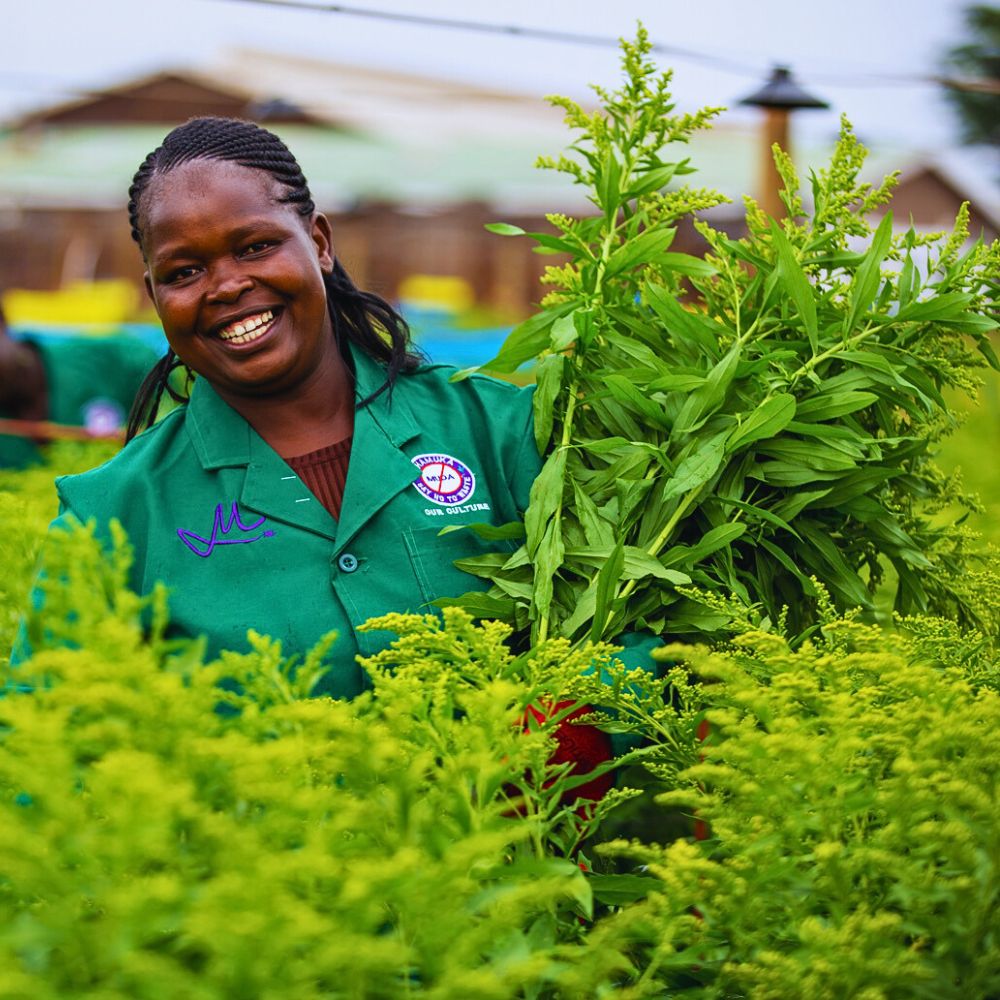
These practices integrate trees and shrubs into and around flower fields, mimicking natural ecosystems and providing shelter, food, and breeding grounds for wildlife. Thus, in these cases, organic floriculture growers’ operations typically maintain higher levels of biodiversity than conventional farms, supporting complex food webs that include beneficial predators, soil organisms, and native plant species.
FSF has documented how such farms contribute to watershed protection through reduced chemical runoff and improved soil structure. The enhanced water infiltration capacity of organically managed soils reduces surface water contamination and groundwater pollution, protecting aquatic ecosystems downstream from flower production areas. Additionally, the diverse plant communities maintained on these farms provide habitat for birds, small mammals, and other wildlife species that contribute to regional biodiversity conservation.
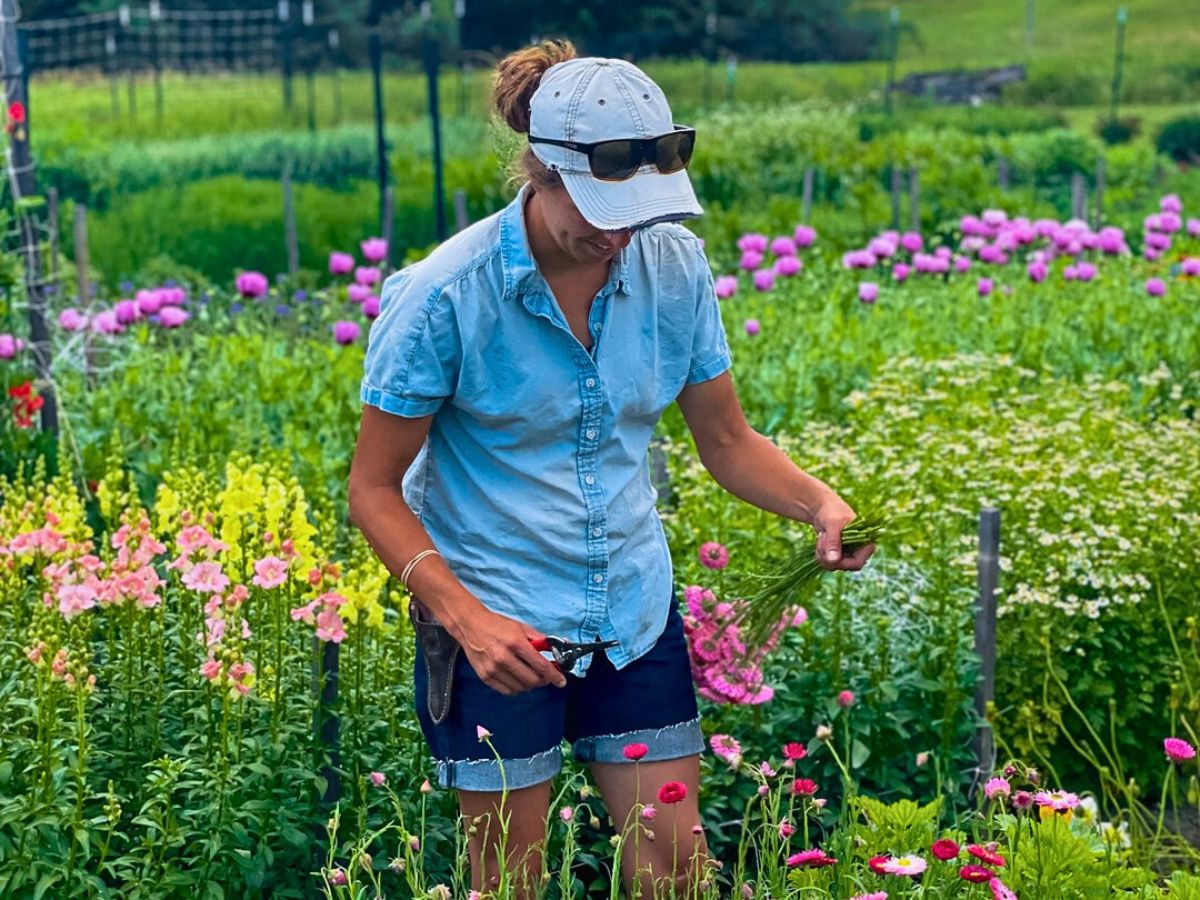
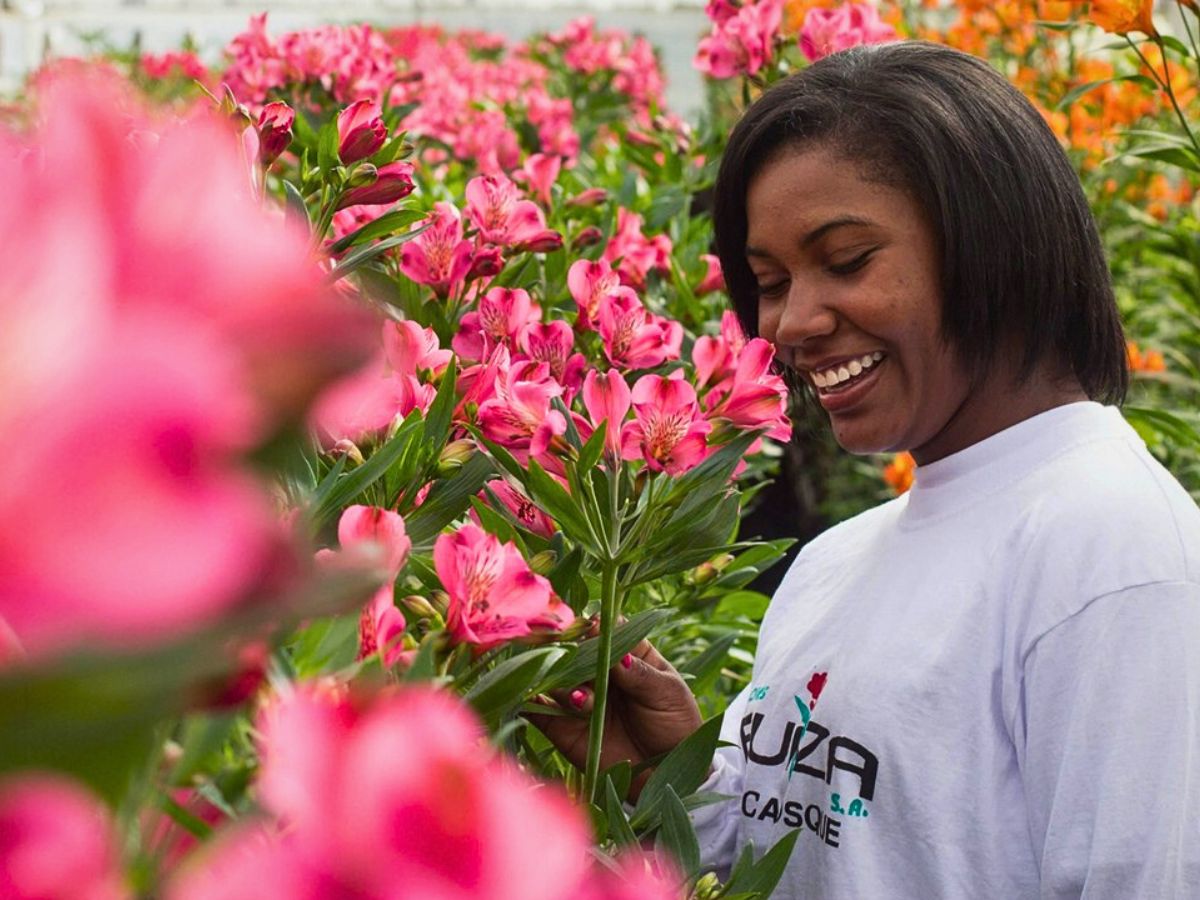
Reducing the Floriculture Industry’s Environmental Footprint
The environmental impact of traditional floriculture typically involves high water, energy, and chemical usage, but these are greatly reduced through organic practices that focus on resource conservation. Techniques like drip irrigation, rainwater harvesting, water recycling and treatment, and closed-loop systems help minimize water waste and prevent pollution. Sustainable-certified growers adopt these efficient methods, indicating the potential for water-neutral operations.
Energy consumption, another key concern, is addressed by adopting renewable energy sources like solar and wind power. The FSI’s environmental footprinting tool, aligned with EU HortiPEF standards—the Product Environmental Footprint Category Rules (PEFCR) for cut flowers and potted plants within the broader European Union's Product Environmental Footprint (PEF) initiative—helps growers measure and reduce their carbon emissions, ensuring carbon-neutral production.

Tambuzi, a Kenyan rose grower, for instance, achieved Carbon Neutral Gold Standard status through the use of approaches like solar energy and biological pest control, among other methods. These efforts meet consumer requirements for transparency and other sustainability demands.
Supporting Sustainable Livelihoods
The sustainability benefits of organic flowers, likewise, encompass both economic and social aspects. Such flower production often presents premium market opportunities that enhance profitability while promoting environmental advocacy. As it is widely known by now, consumer demand for sustainably produced flowers continues to grow, creating market incentives for organic conversion and ecological practices.
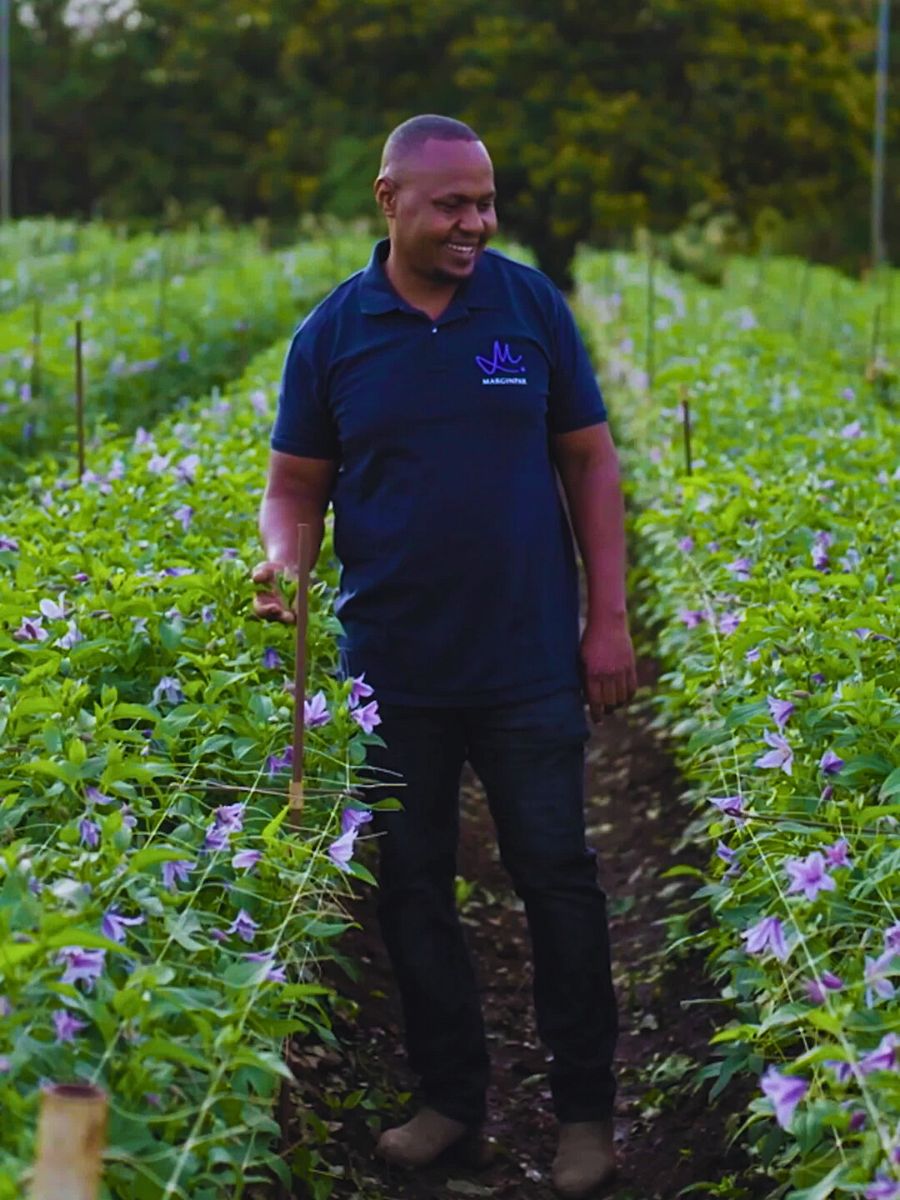
Worker health, well-being, and safety are also key benefits of organic floriculture. Doing away with synthetic chemicals reduces occupational exposure risks for farm staff, which in turn means healthier working environments and reduced healthcare costs associated with chemical exposure. This aligns with wider social responsibility goals within the floriculture industry. The Fairtrade certification is keen on this, and generates significant premiums for employees and community development from these practices.
Driving Industry and Market Transformation
Organic flower production shows how floricultural ecosystems can address different purposes outside of just floral production, and its sustainability hinges on overcoming technical challenges related to pest management, post-harvest handling, and supply chain logistics. More research and development efforts focus on these: biological pest control methods, organic-approved preservatives, and efficient distribution systems that maintain flower quality without compromising environmental principles.
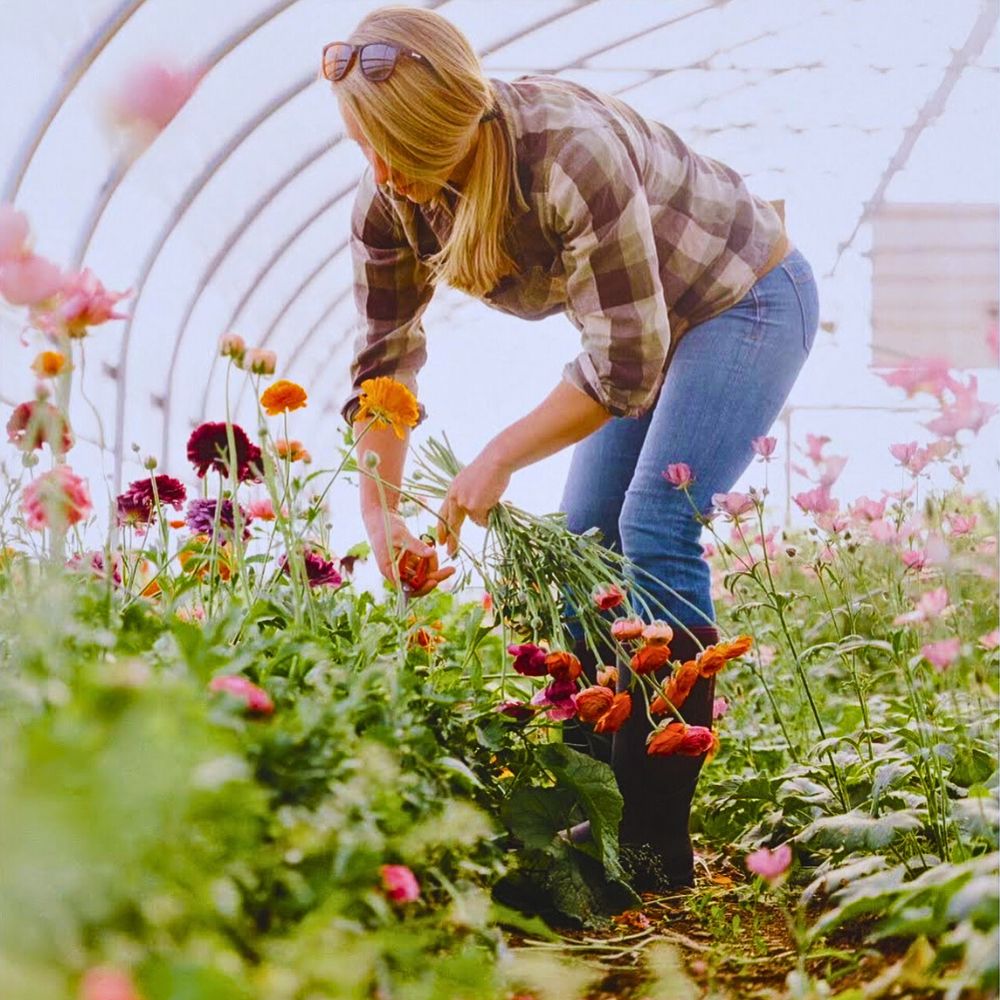
More and more industry organizations are increasingly recognizing that sustainable floriculture is not just an ecological requirement but also a business opportunity; thus, to them, the integration of organic practices with technological innovations assures better flower production systems that are at the same time productive, profitable, and environmentally beneficial.
Feature image by @themeadowcny. Header image by @floraorganicflowers.

